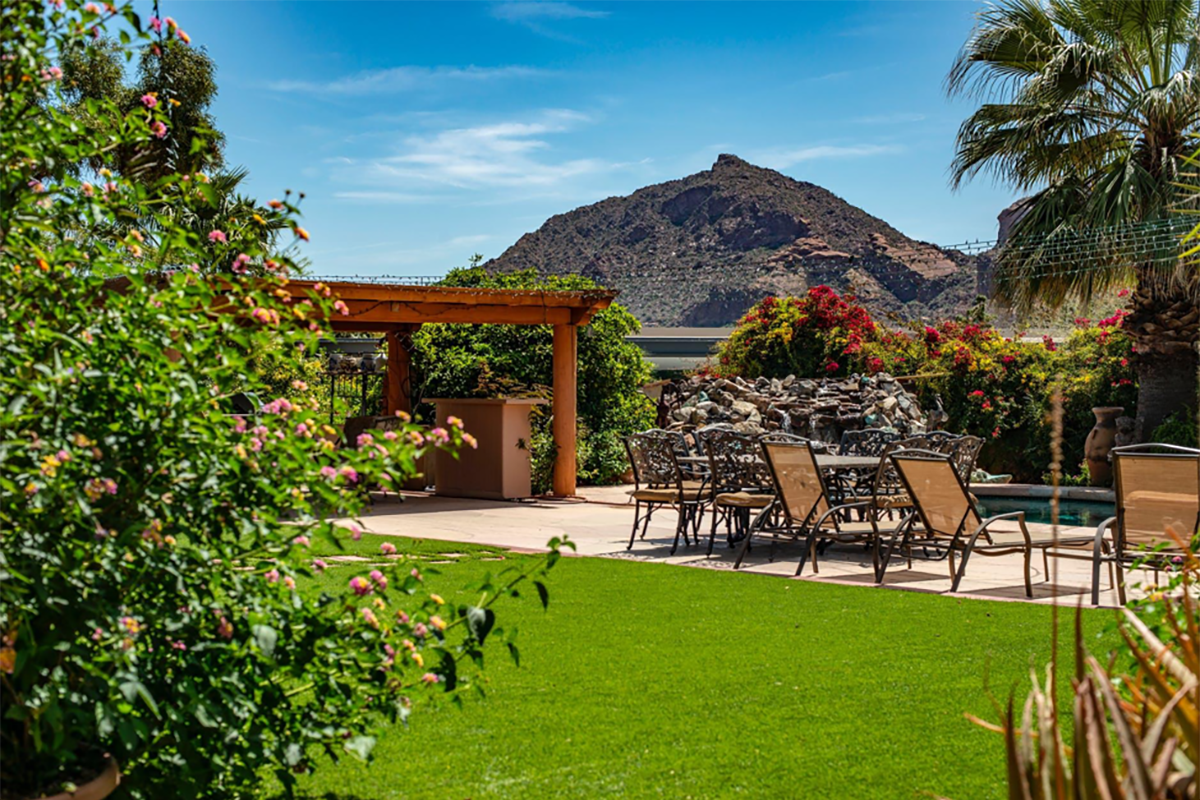So, wildfires in 2025? Yeah, they went absolutely nuclear—over 1.2 million acres charred, forests torched from coast to coast. Not exactly a year for the nature scrapbooks. And if you think folks aren’t paying attention, check Pinterest or TikTok: “forest restoration” is suddenly trending like cottagecore did in 2020. People get it—trees matter.
Why does any of this matter? Well, for starters, climate change is turning fire season into fire year, and if we don’t get a grip on forest recovery, we’re basically signing up for hotter summers, grubbier air, and, oh yeah, losing habitats for critters who can’t exactly catch an Uber out of a burned forest. (Sorry, Bambi.)
Let’s get into what actually helps—honest, boots-in-the-mud strategies, not just feel-good fluff. Here’s the real deal:
10 Strategies to Actually Rebuild U.S. Forests in 2025
- Prescribed Burns
Yeah, it sounds counterintuitive—fighting fire with fire? But it works. Controlled burns torch dead brush before it can turn into a raging inferno later. Costs less than your average iPhone, too. Science backs it up. - Reforestation Grants
Money talks. State grants are out there—Washington dropped $2.5 million, and poof, 890,000 acres are sprouting green again. Get those seedlings in the dirt. - LiDAR Mapping
Lasers from the sky. No joke. LiDAR lets us see which bits are fried and which can bounce back. It’s like giving forest managers X-ray vision, but less creepy. - Community Planting
Bring your grandma, your kid, your neighbor—planting trees together is kinda wholesome, and it works. Plus, it’s free unless you splurge on fancy gloves. - Soil Erosion Fixes
No one wants mudslides after the fire’s out. Mulch, silt fences, whatever you gotta do—get that dirt locked down. USGS says you can halve erosion with the right moves. - Native Species Only, Please
Don’t go planting random trees just ‘cause they’re cute. Stick with the locals—lodgepole pine, for example—so the ecosystem doesn’t get all outta whack. Biodiversity wins. - Team Up With Tribes
Native communities have been managing fire since—well, forever. Maybe listen to the folks who actually know what they’re doing? Results are way better. - Ecosystem Health Checks
Satellites and clipboards—keep tabs on what’s growing (or not). Recovery’s not a “plant it and peace out” situation. - Fire-Adapted Communities
Teach folks how to make their homes less flammable. It’s not rocket science, just smart—saved hundreds of communities already. - Workforce Development
All these trees aren’t gonna plant themselves. Training forest workers not only gets the job done but creates jobs, too. Win-win.
Wanna Help? Here’s How:
- Roll up your sleeves and join a local planting event. Trees don’t plant themselves.
- Shout about forest funding—seriously, bug your reps.
- Cut down on your own fire risk. Ditch that pile of dead branches in the backyard.
- Spread the word—your social feed isn’t just for brunch pics.
- Chip in to local wildfire recovery groups. Even a little helps.
Need More Info? Dive In:
- The US Forest Service website is actually pretty useful for once.
- #WildfireRecovery2025 is all over Insta—worth a follow.
- Looking for grants? Washington DNR has the scoop.
- USGS has nerdy, but good, guides if you’re into details.
Bottom line: Forest recovery in 2025 isn’t about magical fixes. It’s rolling up sleeves, using some tech, listening to people who know the land, and not waiting for someone else to save the trees. Let’s get to work—or at least, stop doom-scrolling and do something.




